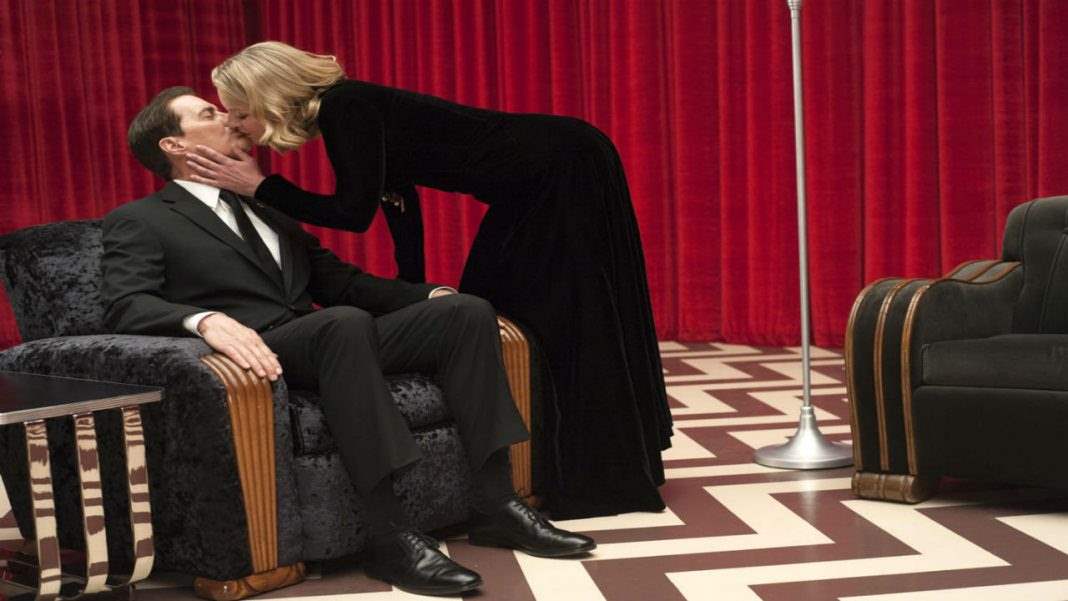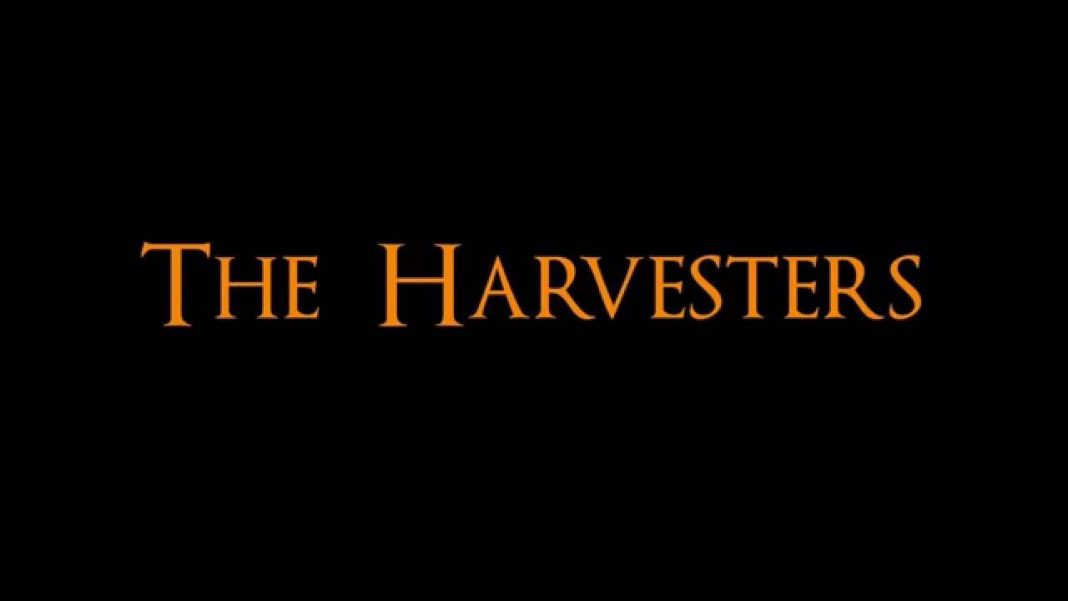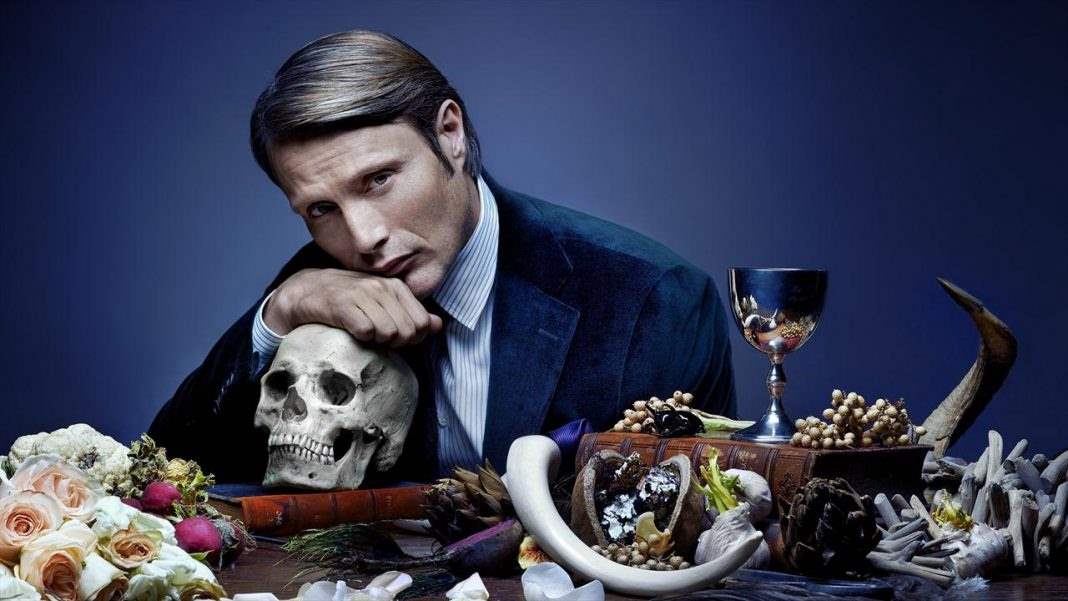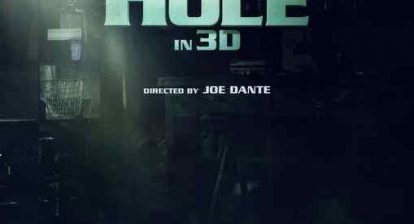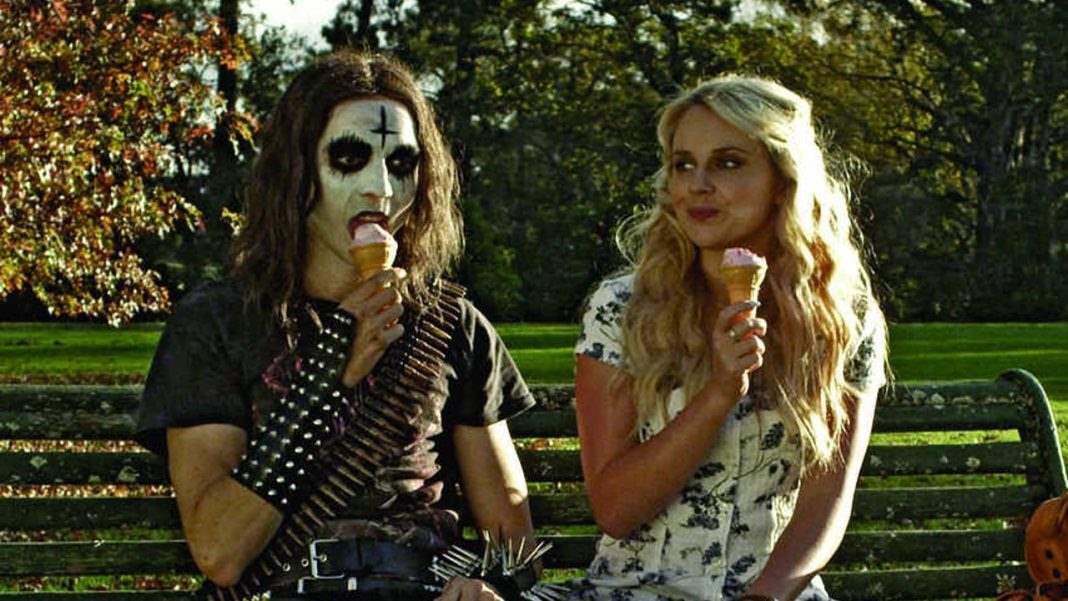Twin Peaks is back. There has never been a show before or since quite like David Lynch’s foray into television. Co-created with Mark Frost in 1990, Twin Peaks hit a nerve with audiences and gave birth to popular culture references that are still going strong after 25 years. From the Log Lady to wondering who killed Laura Palmer, viewers were exposed to a show of such wonderfully bizarre characters and situations. The series would go from screwball comedy to unsettling terror in a matter of moments. The music was haunting. The visuals imprinted on the mind. The show provided many frightening sequences, but to this day the revelation of Laura’s killer to the audience was, perhaps, the scariest moment I have ever watched on television. And then it all ended with a huge cliffhanger at the end of season two.
The show was always contradictorily random while at the same time profoundly astute. It was in the final episode within the iconic Black Lodge that long dead Laura Palmer (Sheryl Lee) said to Agent Dale Cooper (Kyle Maclachlan) she would see him again in 25 years. The timeline of the two seasons from the original show took place over a few weeks. So, when casting and filming began for the return of Twin Peaks, approximately 25 years had passed. Although it is very unlikely, David Lynch’s style coupled with the writing of Mark Frost makes it seem possible that the cancellation and passage of time since was always planned. Regardless of its truth, that is one of the eerie things fitting to the mythology of Twin Peaks that makes it such a strange and amazing show.
The Lynchian themes are as apparent as ever in Showtime’s Twin Peaks: The Return. There are just as many threatening characters as there are oddball. Doppelgangers are to be seen just about anywhere. Lynch’s style of presenting the audience with dreamlike scenes are hypnotic. These dreamlike moments have the threat of turning into a nightmarish reality. And in a Lynchian medium, this nightmare is always a possibility.

The audience is often left in a state of intended confusion. This confusion is brought upon mainly by unsettling visuals and zany dialogue. There is always a narrative, but it takes a backseat to the overall work Lynch is trying to produce. Lynch accomplishes telling a nontraditional story using traditional themes. The narrative is weaved through a series of images used to evoke emotions from the audience. The director is using the medium of film and television to create art. There is less emphasis on just telling a story and more with presenting an experience.
The plot from the first four episodes mainly follows Agent Cooper as he attempts to escape the Black Lodge from the previous series. There are various subplots. One is involving the death of a woman and the potential suspects involved. Another follows the remaining police force in Twin Peaks and the FBI as they restart the search for Cooper. Not to mention Cooper’s doppelganger that has been loose for the past 25 years. This myriad of narratives is intriguing and engaging, yet the focus is always the way in which Lynch tells his story. At times, he utilizes techniques that would have been seen in 1990. Then suddenly, he conjures a beautiful and haunting image out of CGI. There are moments when he fuses the two together seamlessly. All the sounds and pictures are employed to instigate interpretive emotions from the audience.
The music is just as haunting as ever. The iconic main theme composed by Angelo Badalamenti continues to play over the updated opening credits. The episodes typically end with electronic bands singing at the local bar. The music of each band is performed by women with ethereal, melancholy vocals. The bands using male performances have a country-folk sound with two leads in harmony. Musical acts have included Chromatics, The Cactus Blossoms, and Au Revoir Simone. And each have helped set the tone to their particular episode.
While many from the original cast have returned, the first four episodes have so far focused on Dale Cooper and the cliffhanger surrounding his character. Kyle Maclachlan is superb as he settles back in to the world of Twin Peaks. Even in his altered state of mind, Maclachlan’s Cooper still manages to land optimistically on his feet. The performance he delivers as Cooper’s doppelganger is not only ruthless, but also demonically chilling. Some characters, such as fan-favorite Shelly (Mädchen Amick), are just in the background for now. True to the contradictory style of Lynch, for a familiar viewer it is frustratingly thrilling to see her appearance. We want more but are excited for what we have. Of the original cast, so far it is Lucy (Kimmy Robertson), Hawk (Michael Horse), and Andy (Harry Goaz) that have had the most effect to the new plot.

One fantastic cameo from the original series is a character played by David Duchovny. Duchovny plays transgendered FBI agent Denise Bryson. She has now risen from agent to FBI Chief of Staff. Lynch plays a role in both series as Gordon Cole. It is revealed that Gordon defended Denise in her early days as a transgender woman trying to fit in. A memorable and significant line is revealed to have been said by Gordon to those harassing Denise: “Fix your heart or die.” In 1990, it was not often viewers would glimpse on television a transgender person. This is just another example of Lynch’s progressive and trailblazing ways. While Denise was utilized to infuse comedy in certain situations, her character was treated with respect. She was looked at as one who was efficient and a necessity.
There are definite standouts from the new cast. Matthew Lillard delivers an intense performance as a man accused of murder. Naomi Watts (also seen in Lynch’s Mullholland Drive) is delightfully irate, aggressive, and stressed as the wife of one of Cooper’s doppelgangers. Michael Cera is amusing and sincere as the son of Lucy and Andy. Taking on traits from the renowned actor Marlon, Cera is Wally Brando. Wally dresses like Brando in The Wild One while speaking as if he is The Godfather.
Watching this new season of Twin Peaks has so far been thrilling. Of all the revival series that abound Netflix and Hulu these days, this series has best captured the magic that made the original brilliant. One should watch the two seasons of the first series as well as the companion film Twin Peaks: Fire Walk with Me before beginning this new incarnation. However, there is an argument to made that the strange style of the show allows for newcomers to jump right in. Lynch’s way of telling a story usually leaves the viewer with the impression that he or she has no idea what is going on. In a weird way, a newcomer would be no more lost than a series veteran. They just might miss some of the nuances.
There are high expectations to be met when resurrecting a cult television series with such a devoted fanbase. Twin Peaks: The Return has thus far succeeded in meeting all its obligations. After watching the first four episodes, one realizes how Twin Peaks was truly ahead of its time. There were many shows afterwards that we got because of it that tried to capture the same quirky style. Some examples might be The X-Files, Lost, The Killing, Veronica Mars, or any of the character-driven shows from HBO. Some of these shows were truly great. Although, no matter how great they were, this new series proves that none of them ever really compared. Twin Peaks: The Return demonstrates how the show was completely original. With its updated format, the new series emphasizes that originality while illustrating that all the same themes are just as compelling and thrilling as ever.

Wicked Rating: 10/10 (Episodes 1-4)
Director(s): David Lynch
Writer(s): Mark Frost and David Lynch
Stars: Kyle Maclachlan, Sheryl Lee, Michael Horse, Kimmy Robertson, Harry Goaz
Release: May 21, 2017
Studio/ Production Co: Rancho Rosa Partnership Production, Lynch/Frost Production, Showtime
Language: English
Length: 55-60 minutes
Sub-Genre: Serial Drama, Horror, Mystery
